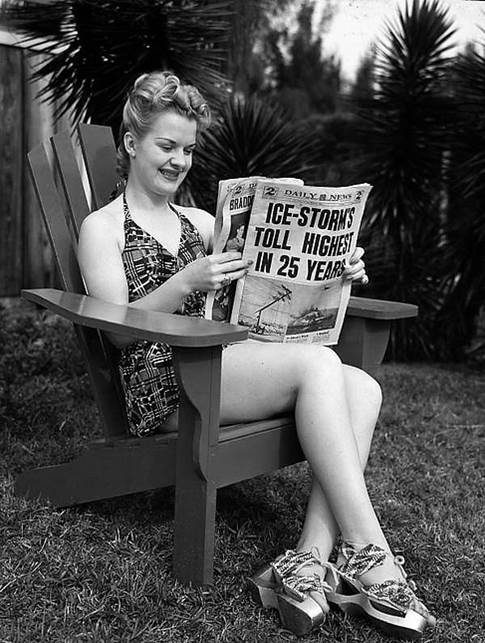 Council magazines. Thought they were a thing of the past? Think again - it turns out most councils still have one according to this latest research. But what of their future?
Council magazines. Thought they were a thing of the past? Think again - it turns out most councils still have one according to this latest research. But what of their future?
You can have your say via a planned Twitter Chat today.
When the Local Government Association launched its first Reputation campaign in 2005, publishing a regular magazine or newspaper was one of the 12 core actions each Council was advised would help to improve public satisfaction.
By 2009, LGCommunications found that 94% of councils in England produced a regular residents’ publication. In 2015, how has the landscape changed?
The rise of internet use and social media, reducing council budgets and high-profile changes to the Recommended Code of Practice For Local Authority Publicity all seem to have had an effect.
Of the 310 councils I currently have data for:
- 73% publish a regular title - of which 90% are a printed magazine/newspaper or carried in the local newspaper
- 57% contain advertising
- after removing outliers, the average frequency of publication is four per year - in line with the Recommended Code of Practice
- five London Boroughs continue to print their publications between 24 and 52 times a year
- the average size for printed publication is 22 pages
Even though these figures show a decline in regular newspapers/magazines, that three-quarters of councils still regularly produce one demonstrates the ongoing strength of the channel. Some Councils are even launching new titles.
Where councils have stopped producing a regular catch-all publication, the most commonly cited reasons are budget cuts and a move to concentrate on using local media and owned online channels.
Many of the council websites I’ve visited offer sign-ups to email alerts, offering tailored information which pings freshly published messages straight into your inbox. Other Councils have standalone websites or blogs for their news, or a variety of social media feeds allowing people to pick and choose what they hear about and when.
And this is where it begins to get complicated. A Council magazine can be a fairly blunt instrument. It’s restricted by size, frequency and distribution. Services jostle for space and in some cases lose out. Quality varies, and in some cases it’s hard to find the content on Council websites, buried away in the background. There is also the accusation from some that council publications are simply spin and propaganda - not helped by the continued decline of local media who traditionally have held local government to account.
Digital channels are not necessarily a silver bullet though. For areas which are rural, have a high proportion of older people or where there are higher levels of deprivation, internet access and use may well be lower. Tailored communications can also mean that other information which may have crossed a resident’s radar may no longer reach them, giving them a narrow view of their council/s.
So what’s the future of the council magazine? Will print remain a constant companion, or will digital pin print for the win? Or is there perhaps a middle way which brings in elements of both? Do time, talent and budgets all have a part to play?
Join the Twitter chat at lunchtime today to add your views hashtag #CouncilMags
Kelly Quigley-Hicks is a local government communicator
image via Flickr creative commons
